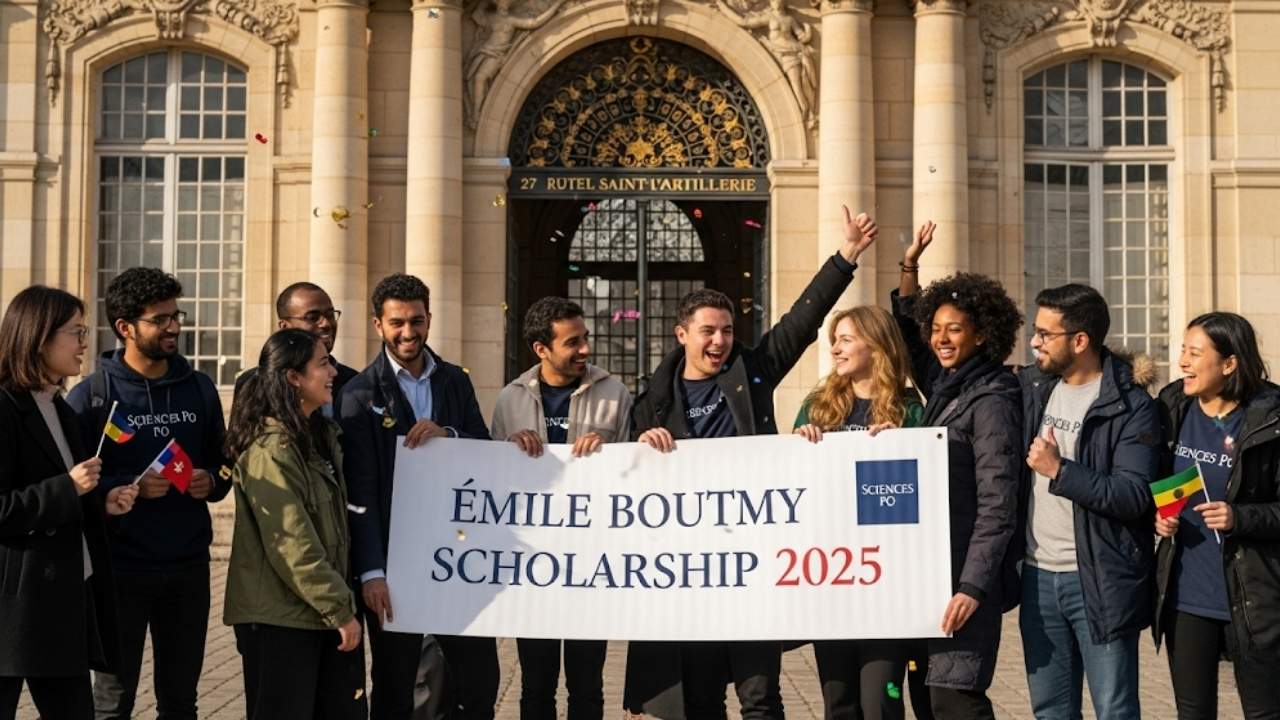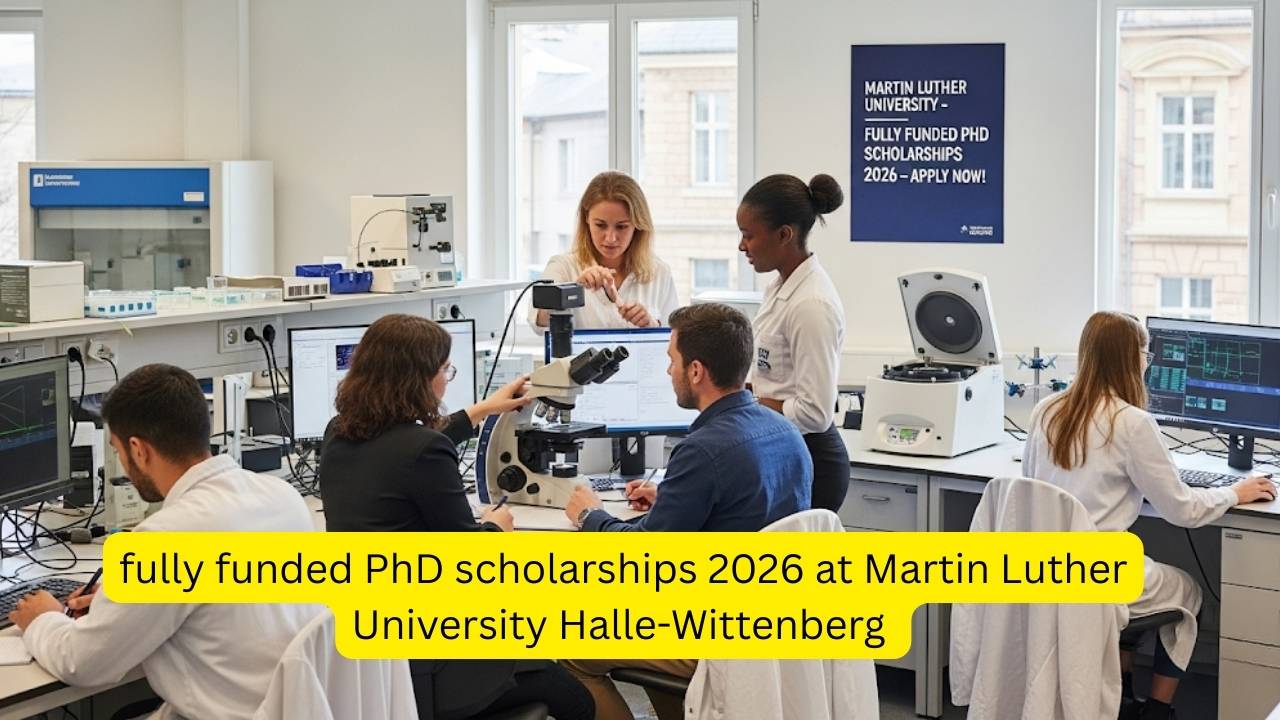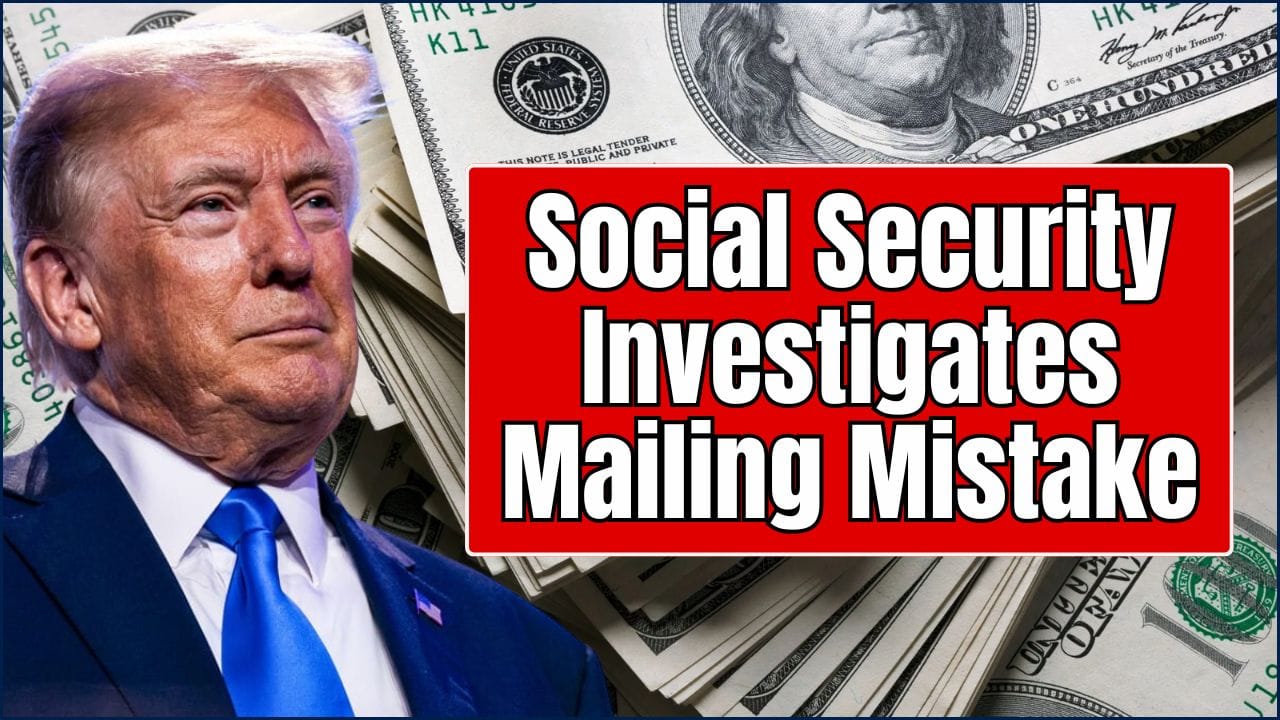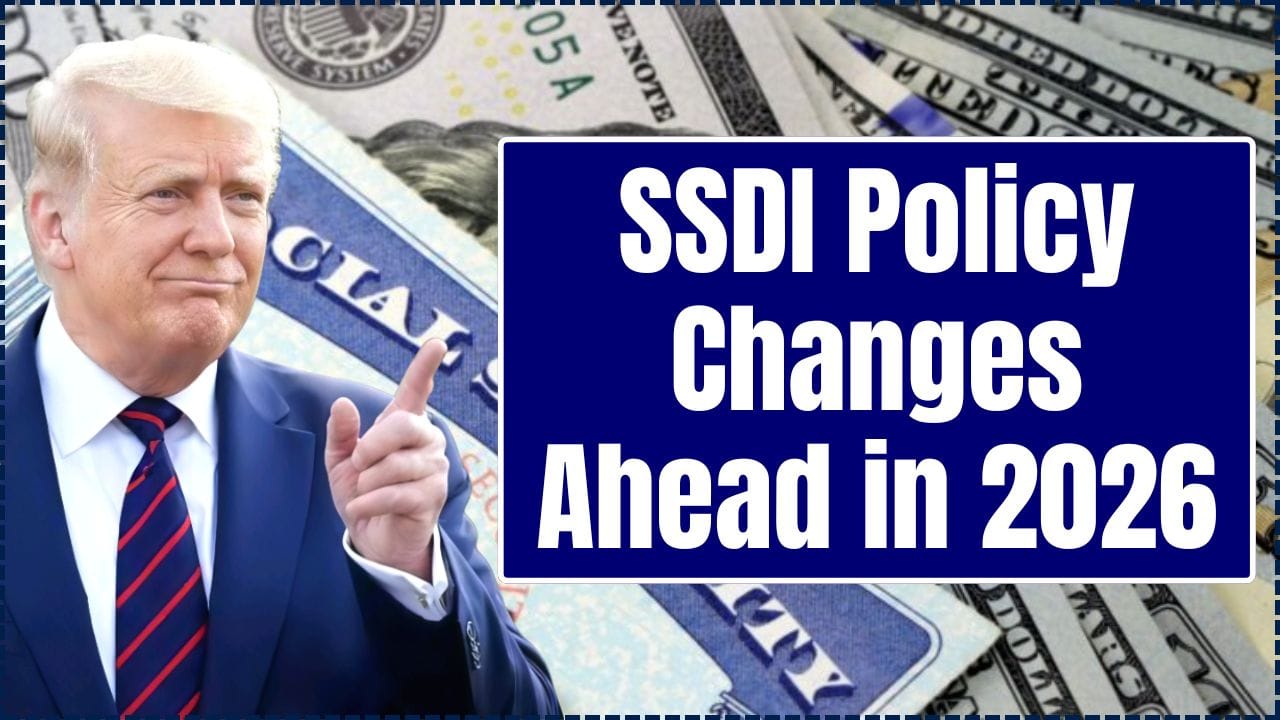Securing PhD scholarships for international students 2026 can feel like a monumental task, but it’s far from impossible. You have the academic ambition and the research ideas; the biggest hurdle is often figuring out the funding. This guide is designed to be your roadmap. We’ll break down the entire process—from creating a timeline to finding the right funding and perfecting your application—into clear, manageable steps. Forget the overwhelm; it’s time to get strategic.

PhD scholarships for international students 2026
| Key Fact | Detail | Why It Matters |
| Most PhDs are Funded | In the U.S., 95.5% of doctoral students in STEM fields receive funding, often through research or teaching assistantships. | This shows that fully funded PhD programs are the norm, not the exception, especially in science and engineering. Your goal is to find them. |
| Timing is Everything | Most application deadlines for Fall 2026 intake will fall between November 2025 and January 2026. | Starting your preparation 18-24 months in advance is critical for a competitive application. |
| Supervisors are Key | A strong endorsement from a potential supervisor can significantly boost your admission and funding chances. | Your application isn’t just to a university, but to a specific lab or research group. Making a personal connection is vital. |
Navigating the world of PhD scholarships for international students 2026 is a significant undertaking, but it’s a journey of a thousand steps that begins with one: research. By starting early, staying organized, and crafting a compelling narrative in your application, you transform a distant dream into an achievable goal. The opportunities are out there, waiting for a candidate just like you.
Why a Fully Funded PhD Isn’t Just a Dream—It’s a Plan
When you hear “PhD scholarship,” you might picture a single, giant check. The reality is more nuanced and, frankly, more accessible. Funding for a PhD usually comes as a package, often sourced directly from the university’s departmental budget.
Here’s a quick breakdown of the common types of funding:
- Fellowships and Scholarships: These are prestigious, merit-based awards that provide a stipend for living expenses and cover tuition fees. Think of the famous ones like Fulbright or Chevening.
- Research Assistantships (RA): This is very common, especially in the sciences. You are paid to work on a funded research project, usually one led by your supervisor. Your PhD research is your job.
- Teaching Assistantships (TA): Here, you receive a stipend and tuition waiver in exchange for teaching undergraduate courses, leading lab sessions, or grading.
Crafting Your PhD Application Timeline for 2026
A PhD application is a marathon, not a sprint. Starting early is the single best piece of advice I can offer. I’ve seen countless brilliant students scramble at the last minute, which almost never ends well. Let’s map out your journey to 2026 admission.

18-24 Months Out (Now – Early 2025): The Exploration Phase
This is the time for big-picture thinking and foundational work. Don’t rush it.
- Research Broadly: Identify countries, universities, and research fields that align with your interests. Are you drawn to the research ecosystem in Germany, the innovation hubs in the US, or the specialized labs in Switzerland?
- Find Your People: Start looking for potential supervisors. Use academic search engines like Google Scholar or university department websites to find professors whose work genuinely excites you. Read their recent papers.
- Standardized Tests: If required, this is the ideal time to prepare for and take exams like the GRE, TOEFL, or IELTS. Getting this out of the way early reduces stress later on.
12-15 Months Out (Mid-2025): The Preparation Phase
Now, you narrow your focus and start creating your application materials.
- Shortlist & Contact: Create a spreadsheet with 5-10 top-choice programs and supervisors. Now is the time to write a professional, concise email to potential supervisors. Introduce yourself, express your interest in their work, and attach your academic CV.
- Draft Your Core Documents: Begin writing your Statement of Purpose (SOP) and, if required, a preliminary research proposal. These will take many, many drafts to perfect.
- Talk to Your Recommenders: Approach professors who know you well. Ask them if they would be willing to write you a strong letter of recommendation. Give them your CV, draft SOP, and a list of deadlines.
9-11 Months Out (Late 2025): The Application Phase
This is go-time. It’s all about meticulous execution.
- Finalize and Polish: Refine your SOP and research proposal, tailoring them to each specific university. Ensure your academic CV is flawless.
- Submit Your Applications: Fill out the online application forms carefully. Most deadlines for Fall 2026 admission will be between November 2025 and January 2026. Do not wait until the last day!
- Check In: Gently remind your recommenders about the upcoming deadlines a few weeks in advance.
4-8 Months Out (Early to Mid-2026): The Interview & Decision Phase
You’ve done the hard work; now you wait and prepare for the final steps.
- Prepare for Interviews: Many programs will conduct interviews via video call. Be ready to discuss your research interests, past experiences, and why you are a good fit for their program.
- Receive and Evaluate Offers: Offers will typically arrive between February and April 2026. Carefully review the funding details of each offer.
- Accept and Prepare: Once you’ve made your decision, formally accept the offer and begin the visa application process.
Where to Find Top PhD Scholarships
Finding funding requires looking in several places. Don’t just search for “scholarships”; look for “funded PhD positions.”
Prestigious Country-Specific Scholarships
These are highly competitive but offer incredible benefits and prestige.
- Fulbright Program (USA): A flagship program for international exchange, offering funding for study and research in the US. Keep an eye on the official Fulbright website for your country’s specific timeline.
- Chevening Scholarships (UK): A UK government scholarship aimed at developing global leaders. It typically covers a one-year Master’s, but some PhD funding is available through university co-sponsorship. More info is on the Chevening official site.
- DAAD Scholarships (Germany): Germany is renowned for its research-intensive, tuition-free PhD programs. The German Academic Exchange Service (DAAD) offers an extensive database of scholarships and funded positions.
- Australia Awards Scholarships (Australia): These scholarships aim to contribute to the development needs of Australia’s partner countries. Check the official website for eligibility.
University-Funded Opportunities
In my experience advising students, the vast majority of international student funding comes directly from the universities themselves. This is where your research on specific professors pays off. When a professor has a research grant, they can use that money to hire a PhD student as a Research Assistant.
Your primary strategy should be to check the websites of the departments you are interested in. Look for pages titled “Graduate Funding,” “Prospective Students,” or “Funded PhD Positions.”

The Core Four: Perfecting Your Application Documents
Your application package is how you sell yourself. Every document has a specific job.
- Statement of Purpose (SOP): This is your story. It should connect your past academic and research experiences to your future goals. Why this specific program? Why this supervisor? What do you hope to achieve? It must be compelling, personal, and professional.
- Research Proposal: This is the blueprint for your PhD. It demonstrates that you can think like a researcher. It should identify a research question, outline your proposed methodology, and explain why the work is important.
- Letters of Recommendation (LORs): These provide external validation of your skills and potential. Choose professors who can speak to your research ability, work ethic, and academic strengths.
- Academic CV: This is different from a regular resume. It should foreground your research experience, publications (if any), conference presentations, and relevant technical skills.
Your Ultimate Guide to the University of Pretoria Commonwealth Doctoral Scholarship 2026
FAQs
Q1:Can I get a PhD scholarship with a lower GPA?
Yes, it’s possible. While a high GPA helps, most admissions committees for research-based programs place a much higher value on your research experience, the quality of your research proposal, and your letters of recommendation. A strong alignment with a supervisor’s research can often outweigh a less-than-perfect GPA.
Q2:Is it possible to get a fully funded PhD without a Master’s degree?
This is highly dependent on the country and field. In the US and Canada, it’s common for students to enter a PhD program directly from their Bachelor’s degree, especially in STEM fields. In the UK and much of Europe, a Master’s degree is often a prerequisite for PhD admission.2 Always check the specific program requirements.
Q3:When do PhD applications for 2026 admissions typically open?
Most university application portals for Fall 2026 admission will open between September and October of 2025. However, prestigious scholarships like Fulbright have much earlier deadlines, sometimes as early as mid-2025.
Q4:How important is contacting a professor before applying?
Extremely important. For many programs, especially in the sciences, securing a supervisor who is willing to take you on is a de facto requirement for admission. A positive response from a professor can turn a good application into an accepted one.










